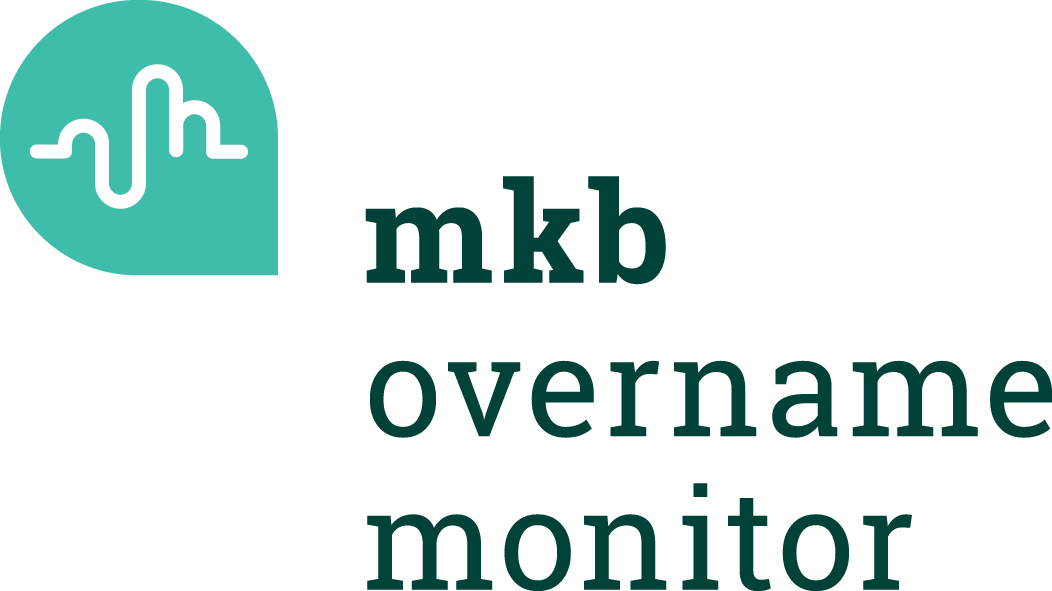The value of a company is an important part of a business transfer, but how do you calculate this value? There are multiple ways to get to a responsible valuation for a business. This also means that there is no such thing as a truly clear outcome. After all, different methods give different results.
Basically, there are two types of methods:
- Valuation based on book value: The main focus here is on results from the past and present.
- Valuation based on market value: In methods based on this type, the future is seen as the norm and determining, with figures from the present as the basis.
There are several ways in which the value of a company can be determined. The six most common methods are:
- 1. The intrinsic value
- 2. The profitability value
- The Equity Ratio Method
- The goodwill method
- 5. The Discounted Cash Flow Method (DCF)
Intrinsic value of a company can be determined by deducting the sum of the value of all assets by the value of all liabilities that do not belong to equity.
The intrinsic value of a company is therefore formed by the adjusted value of its equity. This also includes fully depreciated assets. Valuation reports of real estate, machines and the like, should approximate the value as closely as possible.
Please note: this is a valuation based on the intrinsic value from only the value of the balance sheet, which is disadvantageous to the reliability of this method. After all, the balance sheet is a snapshot and says nothing about future profit capacity; many financial obligations are not included in the balance sheet (such as rental and/or lease contracts); the balance sheet gives an incomplete picture of all assets (it does not express matters such as market position, know-how and personnel). The intrinsic value is especially important for the buyer, especially when one wants to determine the size of the goodwill.
Profitability value
This method calculates the present cash value of the normalized profit margins while using an interest rate that needs to be determined. The current profit is the benchmark for the profit level in the future.
Two variables are required for a correct application of the method: the profit level and the profitability requirement.
The profit level:To determine the profit level, you first look at the net result. In addition, past earnings performance and expected future performance will be assessed. Ultimately, you establish a profit level that can be expected to last for a longer period of time.
The profitability requirement:Most buyers want a minimum return on their investment to cover the risk. For example: the buyer has invested part of his assets in shares and receives a return of 5%. Suppose the risk premium for an investment in a company is 3%, then the profitability requirement will be 8% (risk-free rate + risk premium).
To determine the value of the shares of that company, an after-tax profitability requirement of 8% is assumed. The value of the shares of the company to be acquired is then: profit level = required return x 100.
In practice, the profitability method is one of the most commonly used ways to value a company, but there are also disadvantages of this method. The main handicap is that the investment risk cannot be separated from the financing risk. Furthermore, insufficient account is taken of the company's financing structure and the presence of surplus assets.
The Equity Ratio Method
is a variant of the profitability value method. In doing so, you make a correction to the company's balance sheet structure. As a basis, you assume that assets that are not necessary for business operations will be divested. You can now use the released funds to repay part of the loan capital. The balance sheet is also adjusted to the desired capital ratios (with the balance sheet total remaining the same).
The goodwill method
calculates the value using both the intrinsic value of the company and the profitability. The core of the value calculation according to the goodwill method is the totalization of the intrinsic value of equity and the value of goodwill.
Goodwill is then meant as: the present value of the surplus profit. This is the difference between the realized and the desired return on equity. There may therefore also be negative goodwill. The goodwill method leads to the same result as the valuation using the profitability method. An alternative variant is first making a change in the equity ratios before calculating the excess profit. Here, the excess profit is the difference between the net income after a change in the equity ratios, minus the required return on equity.
The Discounted Cash-Flow method
is based on the expected cash flows that your company will produce in the future. Expected cash flows are defined as the cash available each year to pay redemption or dividend payments (profit + depreciation – net investment in working capital and fixed assets).
Depending on the type of company, you can forecast cash flows for a period of three to ten years. In practice, a 5-year forecast is often the maximum.
Value of Debts - After calculating the value of the incoming cash flow, the economic value of the debts must be calculated. You must distinguish between interest-bearing debts and other debts.
Value of the Shares - After this, the value of the shares can be calculated by subtracting the economic value of the assets by the economic value of the debts.

